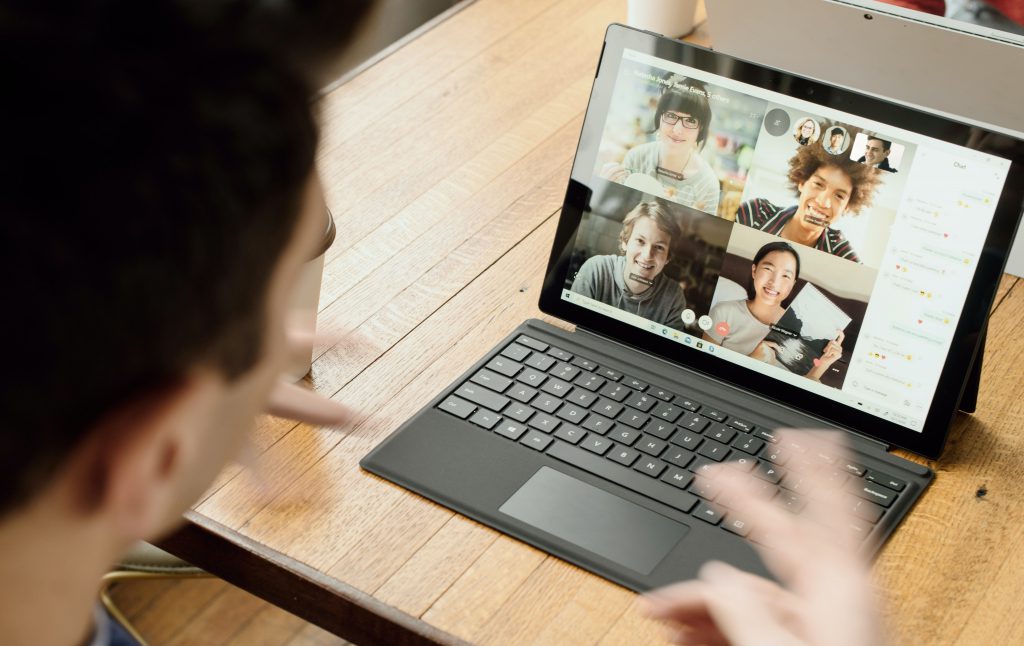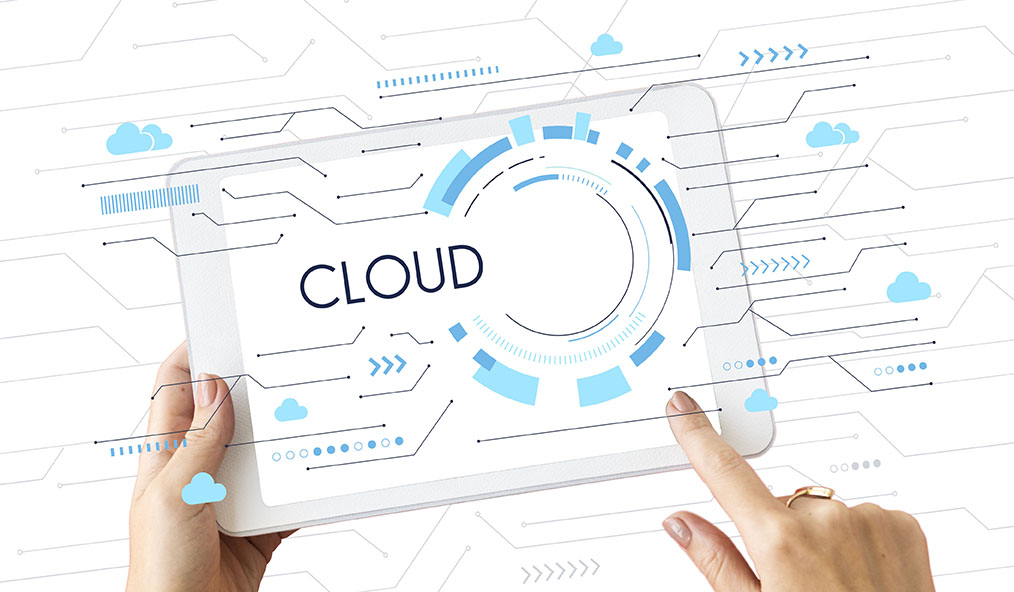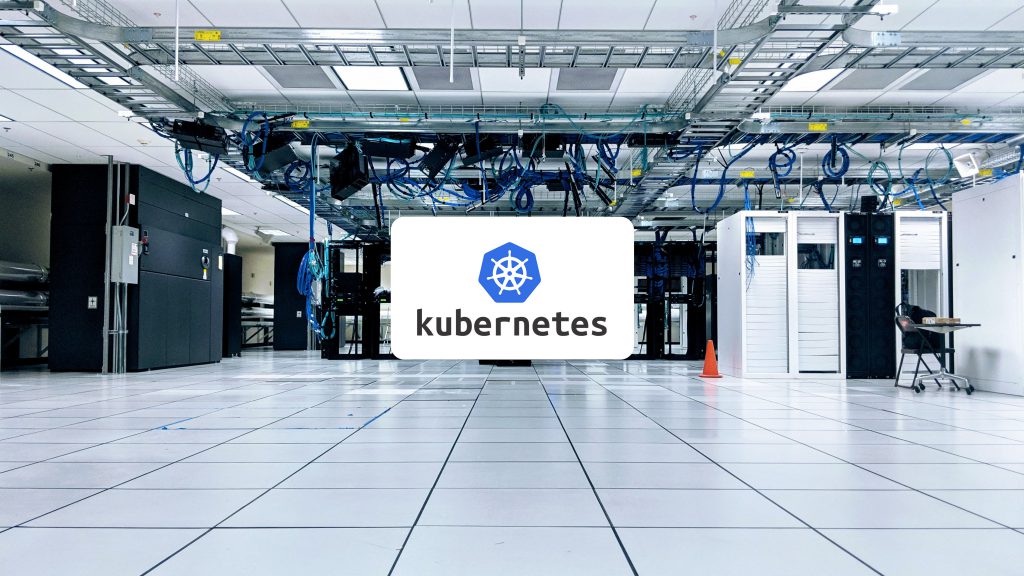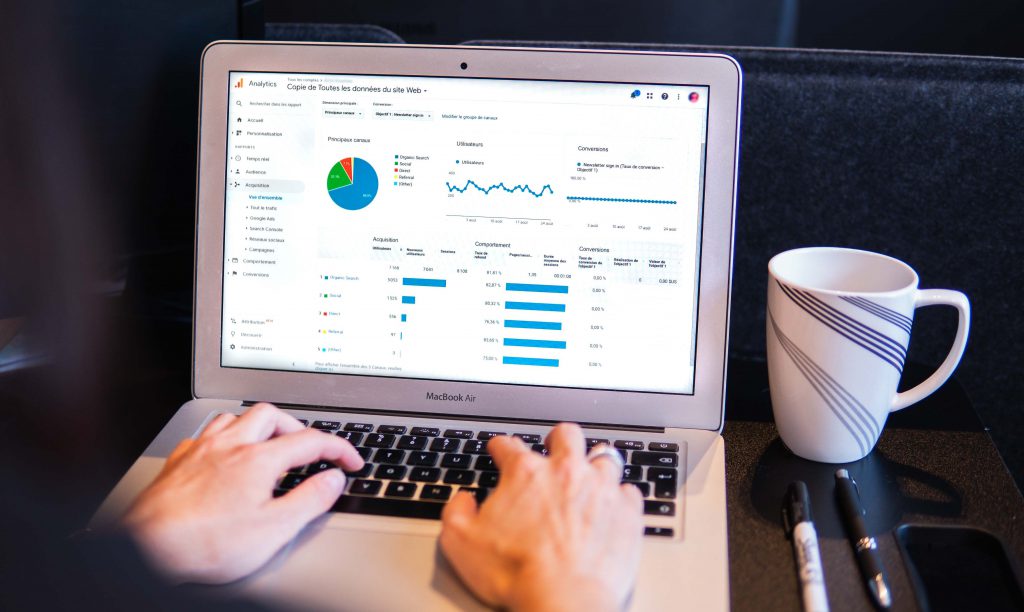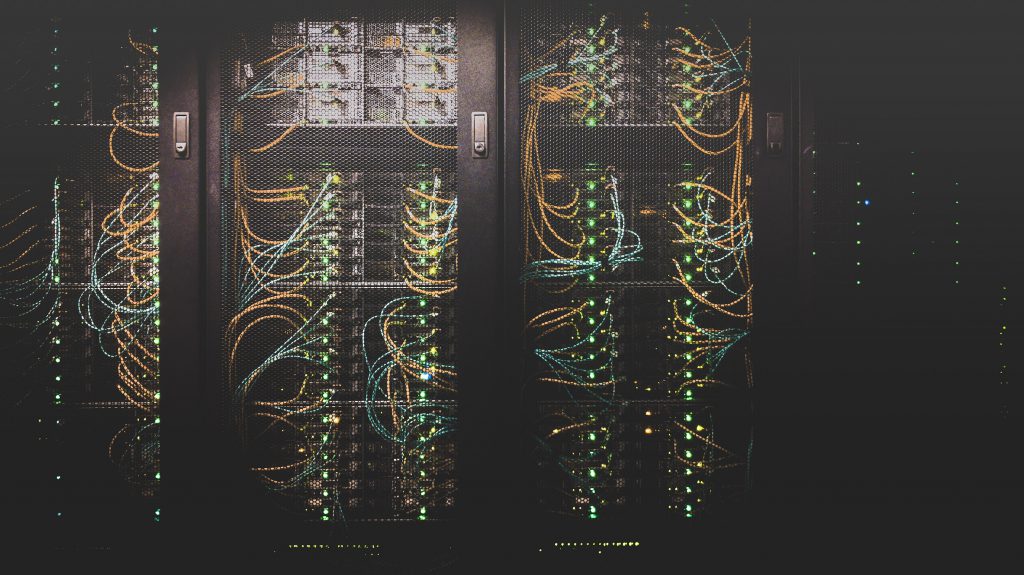Medical science is experiencing a huge paradigm shift. We are witnessing some early adopters embrace AI and machine learning to get insights from patients’ data. Many organizations are looking for sustainable ways to dig out raw data and put it to good use.
According to Forbes, healthcare is one of the top 16 industries that would see rapid growth in 2022 and beyond. The AI healthcare market is expected to grow to $194.14 billion by 2030. From the early interpretation of patient symptoms for a quick diagnosis to robotic surgeries, AI is rapidly being implemented in the healthcare industry.
In this blog, let’s look at some of the top AI applications or use cases in healthcare.
Overview
- AI Chatbots for Clinical Diagnosis
- Prescription Auditing
- Patient Triaging
- Genome Analysis
- Robot-assisted Surgeries
- Medical Imaging
- Drug discovery
- Brand Building
- Process Automations
AI Chatbots for Clinical Diagnosis
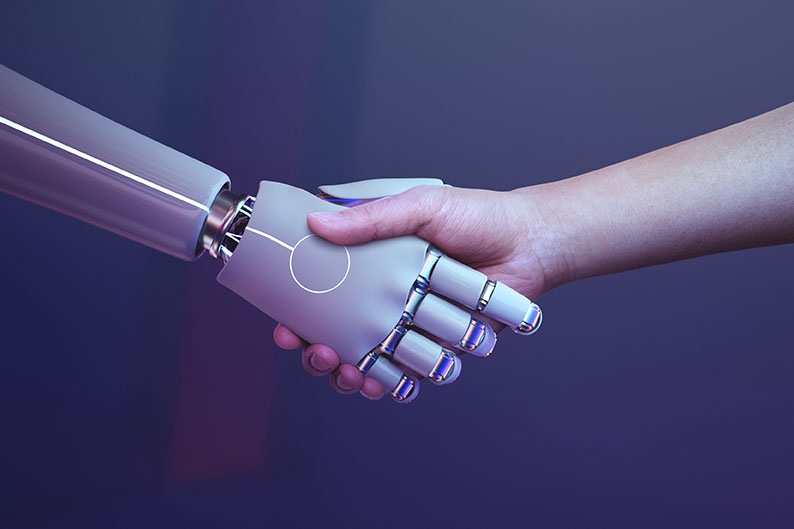
Did you know that 2 out of 5 people misdiagnose their symptoms by searching their symptoms online? Hospitals can use chatbots as a good start point in engaging with patients. An AI-based chatbot with machine learning algorithms and natural language processing techniques can be trained to evaluate a patient by prompting a series of questions regarding the symptoms. An extensive list of symptoms and diagnostic steps from trusted clinicians can be a part of the algorithm to make an initial diagnosis. Healthily and Mediktor are good examples of AI-based popular symptom checkers. The AI chatbots can handle patients’ queries on matters as simple as billing, appointments, or medication refills or as complex as suggesting a diagnosis.
Prescription Auditing

A wrong prescription can be life-threatening. AI can help in prescription auditing. Some examples of a prescription audit by AI systems include alerting dose miscalculations, wrong drug selection and confusion over similarly named drugs, similar packaging. Medication errors may be due to human errors, but it often results from a flawed system with inadequate backup to detect mistakes.
Currently, AI, big data analytics and machine learning algorithms are used for analyzing large-scale Electronic Medical Records (EMRs) data and identifying how physicians treat patients in real-life scenarios. When a doctor is about to prescribe a medication that is way beyond the typical treatment pattern, the AI system can be designed to flag a potential error so that the physician could double-check.
Patient Triaging

Normally people tend to handle minor symptoms at home and visit the doctor only when the situation gets worse. Patient triaging is a method where medical professionals evaluate the degree of a patient’s emergency to prioritize time-sensitive treatments. Doctors rely on clinical judgment to identify high-priority patients which can be challenging. Over-triaging can happen when a doctor is unsure of an evaluation. This can lead to people being sent to intensive care treatment unnecessarily. Under-triaging can cost human lives and have irreversible negative consequences. In recent years, predictive analytic capabilities, AI models are proven to be more effective in automating the triaging process.
Hospitals have adopted AI triage models to triage patients during Covid-19 crisis. Another example of artificial intelligence-based triage is the application of AI in triaging patients with acute abdominal pain. From predicting cardiac arrest risks to scanning the severity of incoming patients based on multiple clinical findings, the AI triage decision-making process is a critical life-saving innovation.
Genome Analysis

Understanding genes and their components have always been a frustrating experience for scientists. Unpacking the genome and predicting the impact of gene edits involves scrutinizing a lot of data. The use of AI and machine learning is removing the bottlenecks in this field. From analyzing the vast data in a single person’s DNA to comparing the genomes between a malignant and normal tissue, AI deep-learning and neural networks techniques are helping in automating the diagnosis of diseases including cancer.
Robot-assisted Surgeries
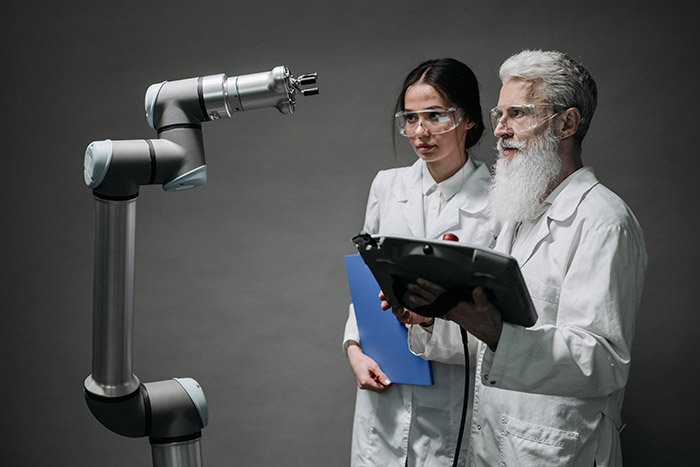
According to DataBridge Market research, the Global surgical robots market is expected to reach USD 19,413.63 million by 2026. Robotic surgery or robot-assisted surgery has gained traction in the United States and Europe. Robots have helped doctors to perform complex procedures with precision and minimal invasiveness, less pain and blood loss. With a camera arm and mechanical arms of surgical instruments, a surgeon can control the robotic arms from a computer screen in the operation room. Robot-assisted surgeries are safe and more accurate as the camera sends out clear pictures of the surgical site for the surgeon to evaluate the process. From taking out brain tumours to total knee replacement, heart operations to spine surgeries, robots are well-suited for complex procedures as the robotic arms can perform repetitive movements without fatigue.
Medical Imaging

In many countries, patients have to wait for days for a radiologist to assess a radiograph. AI-backed medical imaging machines can help in assessing, and diagnosing patients precisely in a faster way. AI medical imaging and cloud technology is a boon for researchers and doctors workers working in remote locations. The technology is especially useful in chest and brain imaging in detecting and diagnosing life-threatening diseases. Early detection of breast cancer is completely treatable but conventional mammogram screening misses out 1 in 5 cancer detection. Google’s AI powered Lymph Node Assistant (LYNA) claims to detect breast cancer metastasis with 99% accuracy which is commendable when compared to human pathologists who miss early detection 62% of the time. From analyzing full-body MRI scans to detecting skin cancer using photos of your skin.
Drug discovery

Drug discovery research is the identification of medicines that can prevent or treat a disease. Traditional drug discovery methods work well for targets that have a well-defined structure and well-understood intracellular molecules. However, these methods do not work in the case of complex cellular interactions. AI in drug discovery uses complex algorithms and machine learning to detect the interactions between molecules and complex cellular pathway components. The AI advancements in drug discovery have helped Moderna to develop a COVID vaccine in record time.
Brand Building

As the healthcare industry shifts to a more technology-driven interaction with the patients, the opportunity to build relevance and personalized marketing. Artificial intelligence helps hospitals to create the most optimal marketing strategy for the brand. The data from social media platforms, blogs and other patient touchpoints can be used in analyzing consumer behaviour and search patterns. From market research to identifying target segments and offering personalized service, AI helps hospitals to gain competitive intelligence. Medication reminders and pharmacy refills can be automated to increase brand loyalty. Artificial intelligence empowers marketers to make data-driven decisions to improve customer journeys.
Process Automations

From the point of admission to discharge, patients go through a series of tedious and tiring processes. Hospitals can give a better patient experience by streamlining these processes. Automating the admission process can leave a lasting impression on the patient’s mind. Hospitals can also streamline ER operations and triage patients for emergency care with process automation. From automating Electronic Health Records (EHR) to staff boarding and roster management, the possibilities of process automation are endless.
Apart from these most popular AI use cases in healthcare, there are numerous possibilities in adopting this technology. If you are looking to create a custom machine learning or AI solution, feel free to contact us for a free quote.

